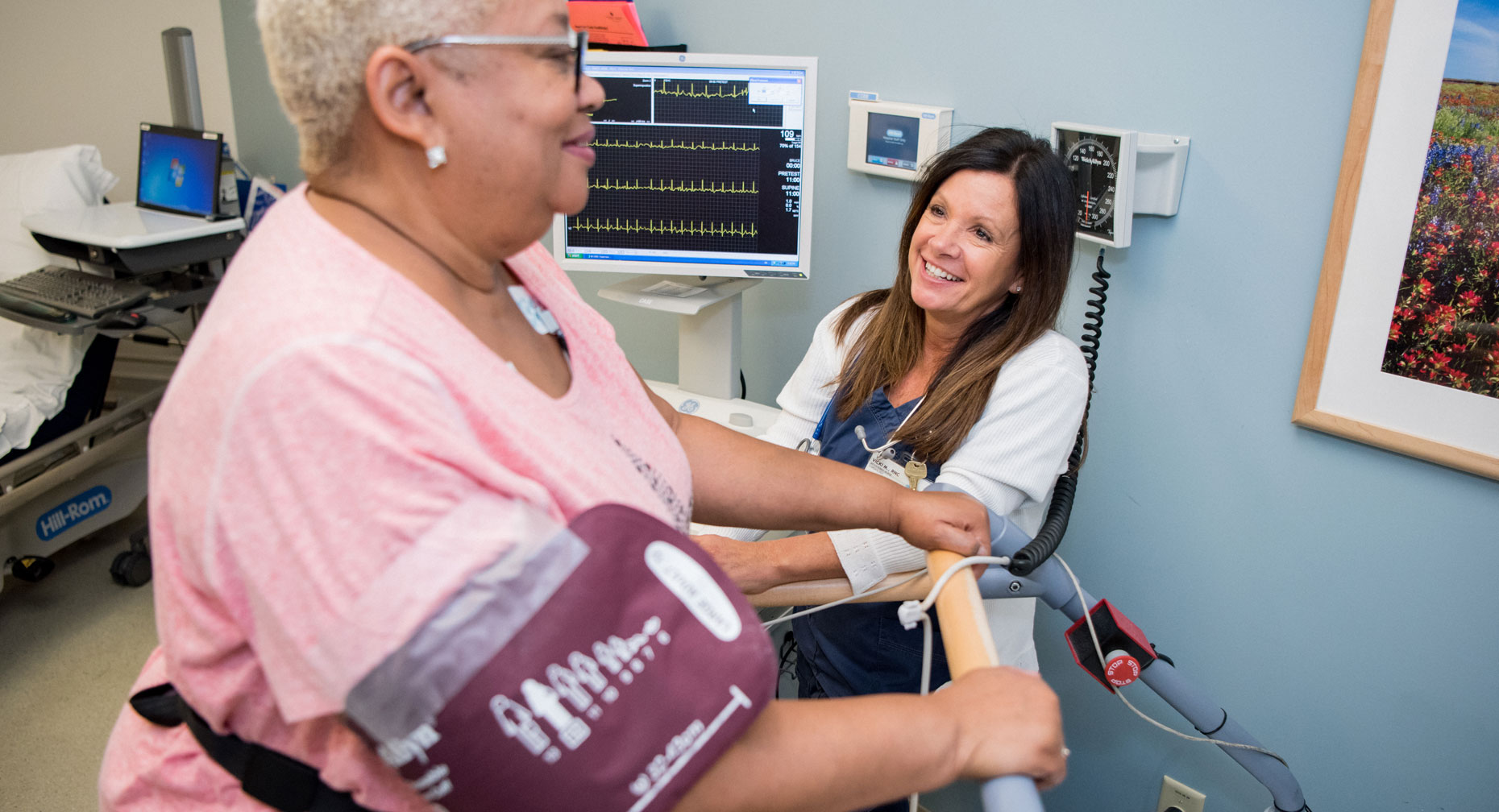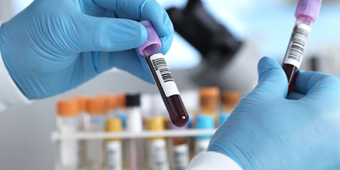How to Chill With a Heart Stress Test

Find Your Perfect Match
Answer a few questions and we'll provide you with a list of primary care providers that best fit your needs.
Just the mention of a cardiac, or exercise, stress test can make you feel a bit anxious. Stressed, in fact.
Particularly when your doctor schedules one to find out if symptoms you’ve noticed – like shortness of breath or chest pain – could be related to heart disease. That is, narrowed or blocked arteries that slow the flow of life-giving blood and oxygen to your heart.
But there’s really no reason for an exercise stress test itself to worry you, says Aaron Kaibas, DO, of Premier Cardiovascular Institute. Stress tests are painless. They’re brief – typically five to seven minutes. And medical professionals closely monitor you the entire time.
Stress tests are often a doctor’s first-line diagnostic tool to confirm or rule out heart disease. They can help your doctor begin mapping your course of treatment – which could include more tests to establish the extent of your condition.
There’s really no reason for an exercise stress test itself to worry you.
How Heart Stress Tests Work
During an exercise stress test, your doctor will have you walk on a treadmill or ride a stationary bike to see how physical exertion – the stress of a stress test – affects how your heart works.
“Our hearts are constantly requiring a certain amount of oxygen and blood flow, and if we exert ourselves, then our heart requires more,” Dr. Kaibas says. “In a resting state – such as when you are lying in a bed or sitting in a chair – the heart doesn’t require as much. In fact, even those with significant coronary artery disease may not have any symptoms (at rest) and their EKG may look completely fine.”

Before you begin exercising, you’ll get sticky pads, or electrodes, attached to your chest and arms or shoulders. Wires from the electrodes connect to an electrocardiogram (EKG or ECG) machine. It records your heart’s activity at varying levels of exercise.
The test can help find out if:
- Blood flow is limited in the arteries that go to your heart
- You have an irregular heartbeat
- You need other tests to gauge the extent and cause of your heart condition and the best way to treat it
Stress tests can be done in a hospital, outpatient center or your healthcare provider's office. And if you are someone whose health won’t allow physical exertion, you may take a medication to simulate the effects of exercise on your heart.
Nuclear Stress Test
If your doctor wants to see how certain areas of your heart are working during a stress test – during rest and exercise – you may have an exercise stress test with nuclear imaging. That is, a nuclear stress test.
A nuclear stress test may take a few hours and can be done in a hospital or outpatient center.
A small amount of radioactive material, a “tracer,” is introduced into your bloodstream through an IV (intravenous) line in your arm.
A camera scans the tracer as it flows through your arteries and heart muscle – while you exercise and while you rest. Comparing the resulting images can detect narrowed or blocked arteries. The tracer doesn’t appear in areas of the heart with good blood flow, as these areas absorb the tracer. But the tracer does appear where blood flow is limited – a sign of a blocked or narrowed artery.
Find Your Perfect Match
Answer a few questions and we'll provide you with a list of primary care providers that best fit your needs.
Source: Aaron Kaibas, DO, Premier Cardiovascular Institute; American Heart Association; Premier Health





